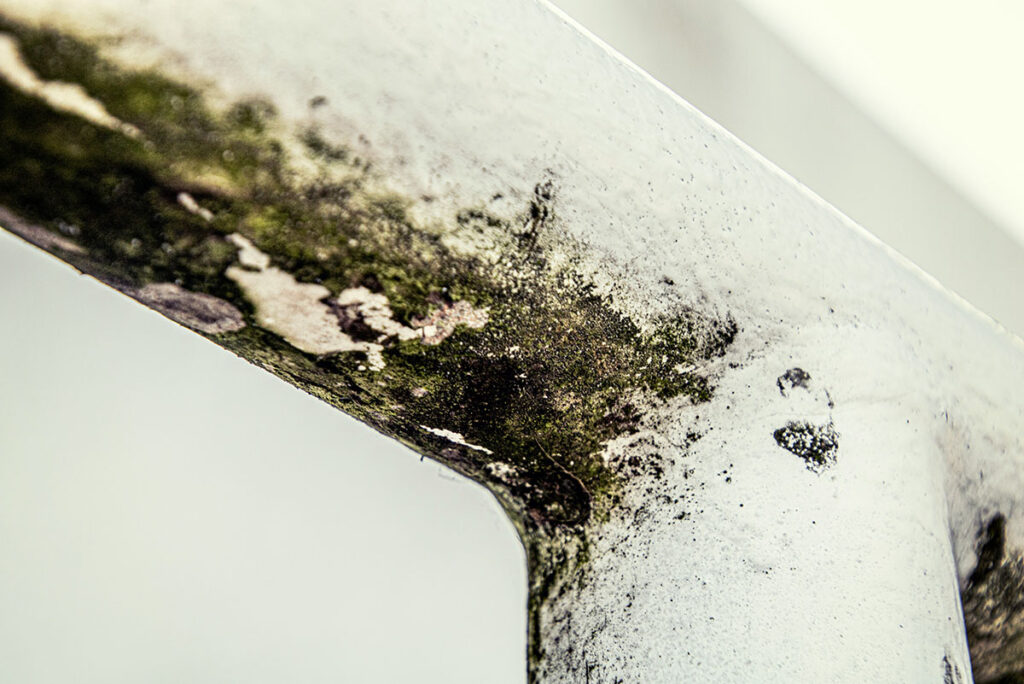EPA 8310 PAH Detection in Indoor Air Samples
The Environmental Protection Agency (EPA) Method 8310 is a standardized protocol used to detect polycyclic aromatic hydrocarbons (PAHs) in air samples. This method is critical for assessing the potential health risks associated with exposure to these compounds, which are known carcinogens and mutagens. PAHs can enter indoor environments through various pathways such as outdoor air pollution, household products, and combustion processes.
Indoor air quality testing is essential for ensuring compliance with environmental regulations and providing a safe working environment for employees. The EPA 8310 method uses high-performance liquid chromatography (HPLC) coupled with fluorescence detection to identify and quantify PAHs in air samples. This approach allows for precise measurement of PAH concentrations, which can inform remediation efforts and help protect public health.
The protocol requires the collection of air samples using specific sampling devices, such as sorbent tubes or filter cassettes, which are then analyzed back at a certified laboratory. The method specifies stringent quality control measures to ensure accurate results, including the use of blank samples and spike recoveries to validate the analytical process.
Understanding the PAH content in indoor air is vital for several reasons:
- Evaluating potential sources of contamination from building materials or operations
- Monitoring remediation efforts after known releases of PAHs
- Complying with local, state, and federal regulations regarding indoor air quality
- Protecting occupant health by identifying harmful pollutants before they reach dangerous levels
The results from EPA 8310 testing can be used to inform remediation strategies, improve ventilation systems, or select appropriate cleaning products. This information is also valuable for product development and quality assurance in industries such as construction, manufacturing, and consumer goods.
| PAHs Detected | Environmental Sources | Risks to Health |
|---|---|---|
| Naphthalene, Acenaphtylene, Fluorene, Phenanthrene, Anthracene, Chrysene, Benzo(a)pyrene, and others. | Burned fuels, asphalt, coal, oil, wood, tobacco smoke. | Carcinogenicity, mutagenicity, respiratory issues, skin irritation. |
By employing EPA 8310 testing, organizations can ensure they are adhering to the latest scientific and regulatory standards for indoor air quality. This method is particularly important in sectors like residential construction, commercial buildings, industrial facilities, and any location where combustion processes occur.
Industry Applications
EPA 8310 PAH detection finds application across various industries:
| Industry | Main Application |
|---|---|
| Residential Construction | Detecting PAHs from building materials and construction processes. |
| Commercial Buildings | Maintaining compliance with local air quality standards for occupant safety. |
| Industrial Facilities | Monitoring emissions from combustion sources such as boilers or furnaces. |
| Retail and Hospitality | Ensuring indoor air quality is safe after renovations or during peak occupancy periods.|
| Manufacturing | Identifying PAHs in products that undergo high-temperature processes, like paints or adhesives. |
In each of these sectors, the ability to detect and quantify PAHs is crucial for maintaining a safe and healthy indoor environment. The results from EPA 8310 testing can inform decisions about ventilation systems, cleaning protocols, and material selection, thereby reducing the risk of exposure to harmful pollutants.
Why Choose This Test
Selecting EPA 8310 PAH detection for indoor air quality assessment offers numerous advantages:
- Regulatory Compliance: Ensures adherence to national and international standards, such as EPA Method 8310.
- Precision: Utilizes advanced HPLC technology providing accurate quantification of PAHs in air samples.
- Consistency: The method is standardized, ensuring consistent results across different laboratories.
- Risk Management: Identifies potential health risks early on, allowing for timely interventions and mitigations.
- Data-Driven Decisions: Provides actionable data to inform improvements in ventilation systems or material sourcing.
- Health Protection: Ensures that indoor air quality remains safe for all occupants, reducing the risk of health issues.
The precision and reliability of EPA 8310 testing make it an indispensable tool for organizations prioritizing environmental stewardship and occupant safety. By choosing this test, you are investing in a safer and healthier working environment for your employees and customers.
Environmental and Sustainability Contributions
The EPA 8310 PAH detection method contributes significantly to environmental sustainability:
- Reduction of Exposure Risks: By identifying PAHs early, organizations can implement measures to reduce exposure risks for occupants.
- Emission Control: The results from this testing can help in controlling emissions from industrial processes and combustion sources, reducing environmental impact.
- Sustainable Product Development: In manufacturing sectors, EPA 8310 testing can guide the development of safer products with lower PAH content.
- Enhanced Indoor Air Quality: Continuous monitoring ensures that indoor air quality remains at optimal levels, supporting sustainable building practices.
By integrating EPA 8310 into your environmental management strategy, you are not only meeting regulatory requirements but also contributing to a more sustainable and healthier environment. This method helps in creating spaces where people can work and live safely while minimizing their impact on the planet.





